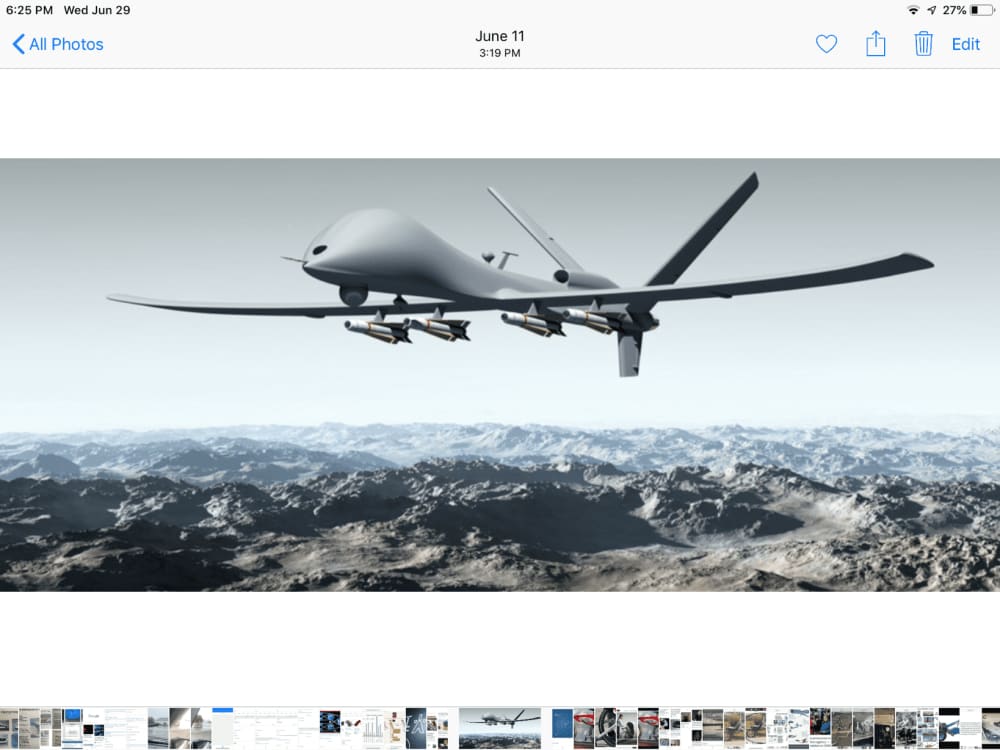The Canadian 20 billion tree project experienced a few setback problems over the last 2 to 3 years and is unable to meet its tree planting targets.
This concept addresses that problem and has the potential to correct the shortfall and simultaneously INCREASE the rate of planting.
The concept is designed around Maple trees although, Ash, Pine, and several other Maple species have similar advantages in having helicopter seeds.
Maple trees shed large quantities of Maple Keys during warm Spring conditions providing raw material when harvested to seed large areas of cleared or vacant timberland. Military drones flying over these areas and releasing clouds of maple keys, whose helicopter flight characteristics ensures a distribution of seeds at ground level as effectively as traditional planting methods. Moreover by having them dispersed from altitude the distribution is more widespread and likely to take root, as well as providing food for birds, squirrels and other animals.
Currently, the present methodology has served its purpose over the years, but now that there’s a shortfall, this approach using drones technology and “helicopter keys” available for a large variety of tree species, by combining the two, large areas can be seeded and monitored. This,in turn, has the potential to meet and exceed the 20 Billion Trees Project.
The Military Drones already designed to carry payload would have Pods arranged to attach to wing pickup points. These Pods would contain bagged Maple Keys fitted to “bomb bay” doors which when opened would spill their contents into the airstream. The Keys helicoptering would spread out and descend to the ground in a distributed manner. Although not all will take hold, keys harvested for use in this application will have some of them flourish and meet the intent of the program.
Drone Pilots will develop new skills since air speed, wind conditions, altitude, release timing, and navigation all play a part in a successful seeding operation ...a positive “Swords to Ploughshares” type of exercise.
The sidebar shows a representative Drone.
Pods designed to match the pick up specifications and payload leads to simplifying the design and engineering. The triggering arrangement to open the doors would match the circuitry already installed in the drone. The Pods would be lightweight streamlined composite construction and fulfill a dual function. Although designed for maple key distribution, they could be used for distributing leaflets and in other humanitarian roles.
To our knowledge this approach to reforestation has never been attempted before and in Ontario’s 50 Million Trees Program funding of over $7,000,000 per year is allocated and with Military collaborations as suggested an efficient, experiential, positive use of the technology would be looked at favourably by a broad range of interests and technology spinoff potential as described is extensive because of the operational experience.
This idea will serve a public good by:
- Improving quality of life (reducing CO2)
- Automating tedious tasks
- Saving time and money
- Improving productivity
- Reducing waste (by utilizing keys discarded by maple trees)
Like this entry?
-
About the Entrant
- Name:John Mitchell
- Type of entry:teamTeam members:JimGrimwood, Peter Meyer, Bruce Chambers, John Mitchell
- Software used for this entry:RhinoCad
- Patent status:none

